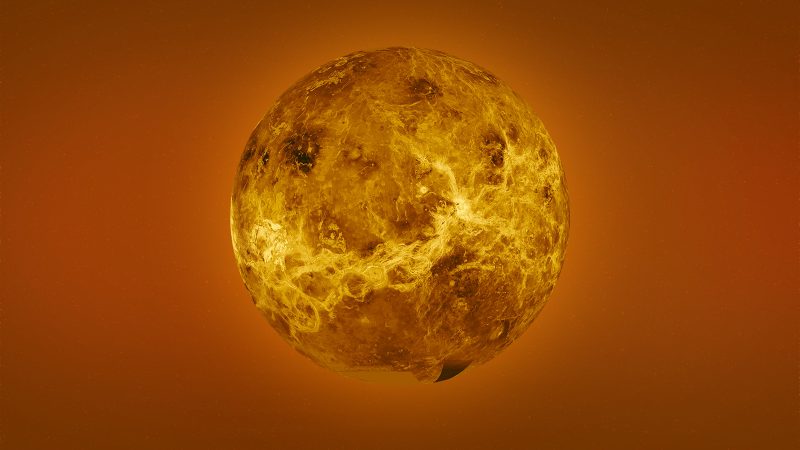
A day after the UAE's Hope probe entered into the orbit of Mars, China has followed suit. In May, the probe will land a Chinese rover on Mars. The goal of Tianwen-1 is to survey the atmosphere from orbit.

Perseverance, the largest, most advanced rover NASA has sent to another world, touched down on Mars yesterday. The $2.4 billion rover arrived at Jezero Crater, a basin that scientists say was once flooded with liquid water.

Researchers using the Hubble Space Telescope observed one of the closest globulars to Earth – NGC 6397 and were surprised to find signs of multiple stellar-mass black holes.

Lunar Gateway will be an orbiting habitat that will allow astronauts to make regular trips to and from the lunar surface. NASA has signed a contract with SpaceX to launch modules of the Gateway aboard a a Falcon Heavy rocket in 2024.

The widely-publicized detection of phosphine gas on Venus – a possible "biosignature" suggesting the hellish planet could have living microbes in its clouds – was probably caused by sulfur gas.

The star in question is called Swift J1818.0–1Th607 is what's known as a magnetar, though, none of the magnetars have ever been observed pulsing in quite the same way as Swift J1818.0–1607.

A mysteriously dimming star located about 1,480 light-years away in the constellation of Cygnus and known as Tabby's star is, in fact, a binary stellar system, made up of a F-type star and a smaller red dwarf star.

Kraken Mare, a sea of liquid methane on Saturn's moon Titan, is at least 100-m deep near its center, according to a recent analysis of Cassini's data.

The Juno spacecraft orbiting Jupiter has discovered an FM radio signal coming from the moon Ganymede. The find is a first-time detection from the moon. The signal is of natural origin.

Blue Origin says it is “very, very close” to flying humans on suborbital launches to the edge of space after a successful test flight of a human-capable rocket and capsule last Thursday.

The core mass of the giant exoplanet WASP-107b is much lower than what was thought necessary to build up the immense gas envelope surrounding giant planets like Jupiter and Saturn.

Only 31 magnetars ( type of neutron star that has the strongest magnetic field ) have even been discovered and recently astronomers have found an extremely unique object that is both a magnetar and a pulsar.

A submarine mission to Saturn’s largest moon has long been under discussion. If such a mission was ever launched, it would have plenty of room to operate, because Titan’s largest sea, Kraken Mare, is likely more than 300 m deep.

Since 2019, NASA's InSight's probe, called the “mole,” has been attempting to burrow into the Martian surface. Martian soil’s tendency to clump deprived the mole of the friction it needs to hammer itself to a sufficient depth.

The current tilt of Saturn's rotation axis is caused by the migration of its satellites, and especially by that of its largest moon, Titan. Titan and the other moons are moving away from Saturn much faster than it had been previously estimated.